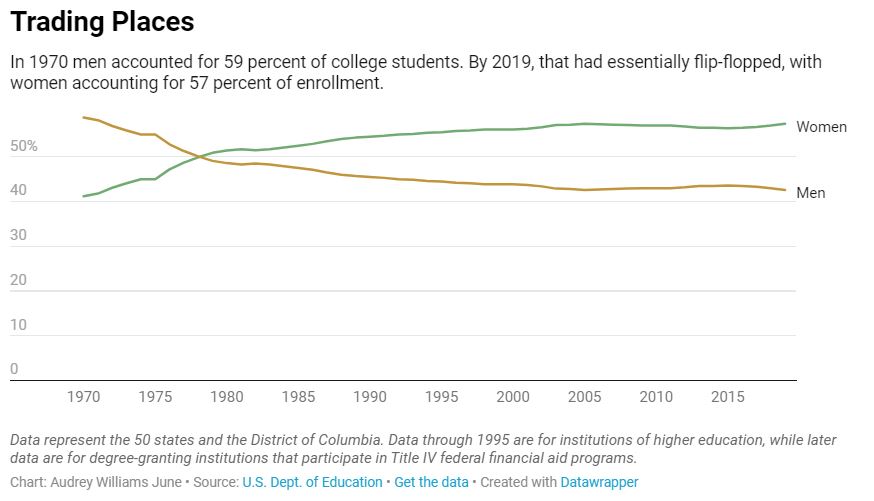It’s been a while since I last posted – forgive me! I’ve been busy working with a terrific group of seniors as they’ve prepared and submitted applications to wonderful colleges. For just about all of them, decisions are beginning to roll in. This is an exciting time!
I belong to a listserv with fellow IECs and the following message was posted today regarding what they deemed a somewhat surprising admission decision a client recently received (lightly edited for confidentiality):
I had a stellar candidate denied by IVY LEAGUE University and while we both knew this was a “reach” for any applicant I thought they had a solid chance of acceptance:
- Applied ED (binding), Full Pay
- 4.7 Academic GPA
- 4 years Latin
- 4 years orchestra, cellist
- 10 APs; mostly 5s, some 4s
- Participating in research with professors and graduate students from Prestigious University and Awesome College on the affects of COVID19 on the homeless population in Atlanta; not published yet but they’ve been part of this team since this past summer.
- Participating in Prestigious University Mentor Research program this semester
- Extensive leadership
- They have volunteered in numerous capacities with a local homeless population
- They took the most rigorous course offerings their high school offers
- Outstanding recommendations and essays
- Applying as a STEM major, pre-med
“So, what did we miss?”
I don’t share this to scare prospective applicants from applying to what are now often referred to as “highly rejective” universities. I think being aspirational in your college search is WONDERFUL. It’s just important to also be MATURE and REALISTIC. Search for and embrace wonderful universities (there are many) where admission is likely.
As for the student above, who knows. A student with that exact same profile may well have been admitted and it would be a fruitless exercise to try and pinpoint the precise reason why this student was not offered admission. Instead, focus on applying to a balanced list of schools, being sure to include colleges where your academic accomplishments compare favorably to the admitted student profile.


